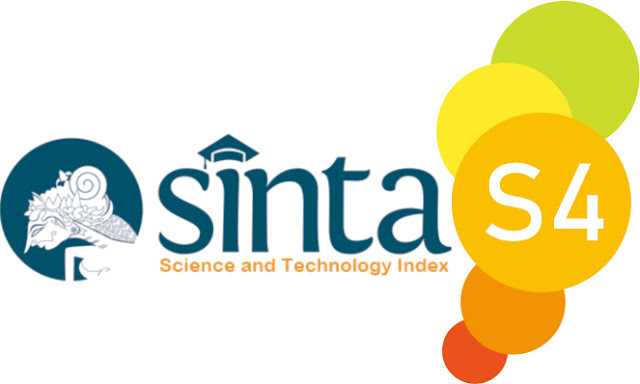Design of Portable NB-UVB Phototherapy Device with Ultrasonic Sensor Control System HC-SR04 Based on Arduino
DOI:
https://doi.org/10.53861/lontarariset.v6i2.556Keywords:
NB-UVB, psoriasis, vitiligo, phototherapy portable, sensor ultrasonic, ArduinoAbstract
Developments in health science and technology show an increasing need for more efficient and effective health devices. One innovation in this field is the Narrowband Ultraviolet B (NB-UVB) phototherapy device, which is effective in the treatment of psoriasis and vitiligo. However, conventional tools are often out of reach for patients who are far from health service centers. This research aims to design and create a portable NB-UVB phototherapy device equipped with an Arduino-based HC-SR04 ultrasonic sensor control system, which can be used for psoriasis and vitiligo sufferers anywhere and anytime. The methodology used is Research and Development which is the design of tools for the development of previous tools. The result of this research is a portable NB-UVB phototherapy device that is easy to use and is able to reach skin areas that are difficult to treat with conventional instruments with a maximum illumination distance of 3 cm, as well as test results on a timer of 5 minutes, 15 minutes, 30 minutes.With results, 5 minutes has an accuracy of 99.84%, 15 minutes has an accuracy of 99.47%, and 30 minutes has an accuracy of 98.57%. The author's suggestion in research is to carry out measurements using a UV Meter to determine the intensity of the UV radiation produced, so that the dose to be used can be adjusted, and to optimize the radiation distance and to reduce the workload on the user.
Downloads
Downloads
Published
How to Cite
Issue
Section
License
Copyright (c) 2025 St. Mu`'tamirah, Henra Jasman, M. Fadel Ashari

This work is licensed under a Creative Commons Attribution 4.0 International License.
Lontara Journal Of Health Science And Technology is licensed under Creative Commons.
The journal allows the author to hold the copyright of the article without restrictions.
The journal allows the author(s) to retain publishing rights without restrictions.
The legal formal aspect of journal publication accessibility refers to Creative Commons Attribution 4.0 International (CC BY 4.0).
The Creative Commons Attribution 4.0 International (CC BY 4.0) license allows re-distribution and re-use of a licensed work on the conditions that the creator is appropriately credited and that any derivative work is made available under “the same, similar or a compatible license”. Other than the conditions mentioned above, the editorial board is not responsible for copyright violations.











